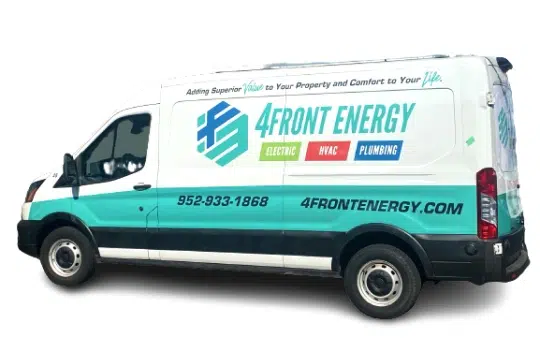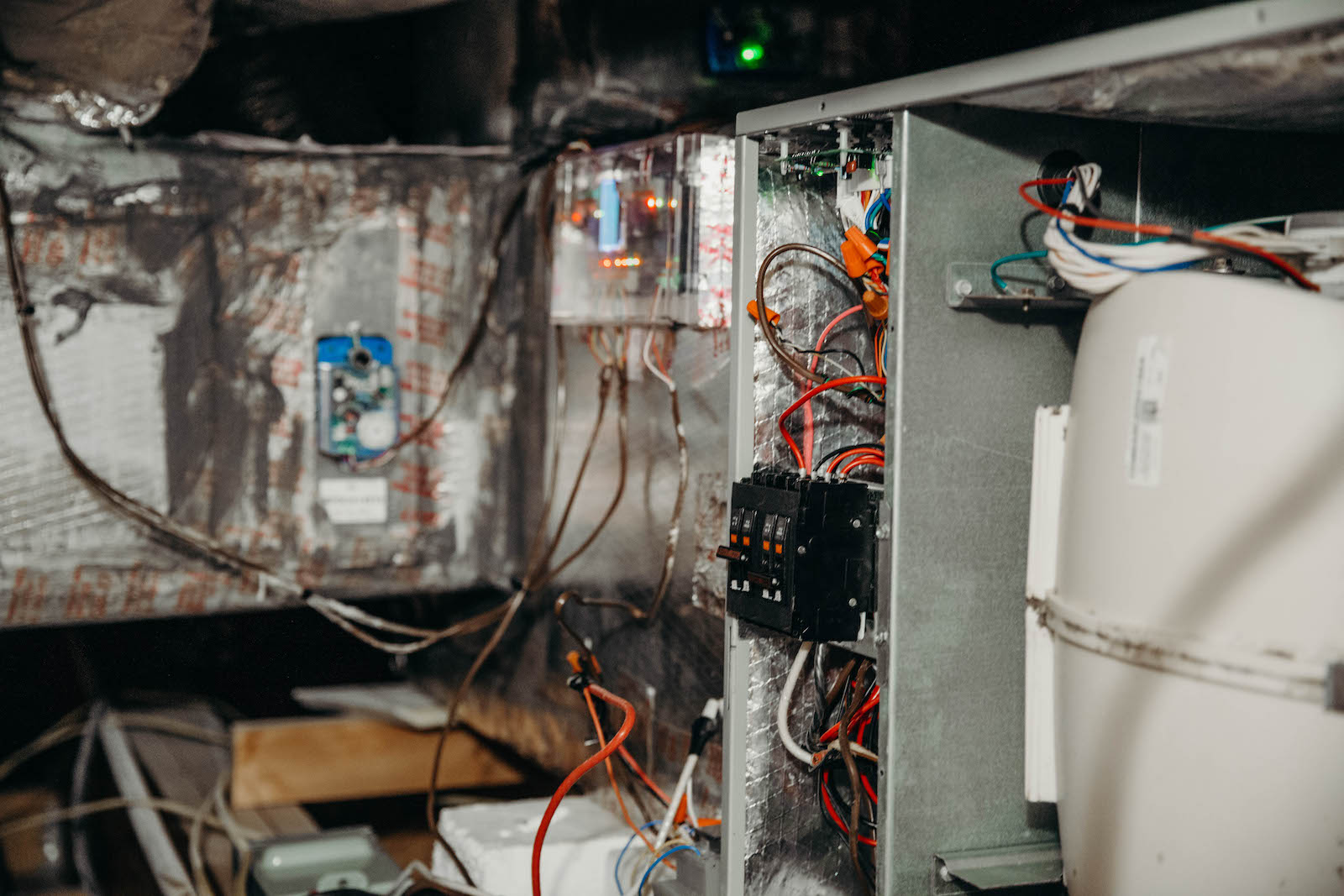4 Important Things You Should Know About Mini Split Wiring

Mini-splits systems are energy efficient and are a trendy choice for heating or cooling your home or office. Mini-splits have an outdoor unit composed of a compressor and a condenser and an indoor unit that provides warm or cold air.
Mini-splits are easier and quicker to install as compared to central heating and cooling systems. Mini-splits also differ from window air conditioning systems in that:
Whereas for window AC units, you are only required to plug them in after mounting them carefully, mini-splits require a separate electrical line connected directly to your house’s electrical panel
All this will require a technician to install mini-splits for you.
Information About Mini Split Wiring
The Electrical Service
As mentioned earlier, this system has two components, and the outdoor component derives its power directly from your electrical panel. The outdoor unit operates using a surge protector and a disconnect box to avoid electrical accidents and damages. The surge protector and disconnect box are connected via wires housed within a whip (weather-proof wire.)
You will require a well-trained HVAC technician to install mini-splits for you. During installation, a specialized workforce is essential because mini-splits have specific power requirements depending on the unit’s model and size.
The Wire Gauges
Mini-splits have specificity for a specific wire thickness. Connecting wires need to be of the correct gauge and should be UL-Listed (have passed the Underwriters laboratory safety test)
Wire gauges are 2, 6, 8, 10, 14, and 16. For a specific amount of current to safely pass through a wire, the wire should be of the correct gauge. Lower gauge wires are thick and carry more current, whereas hire gauge wires are thin and carry low current.
The Connecting Cables
Connecting cables (four-conductor cable) connects the indoor and outdoor unit. It carries information between the two units, and most systems use a 14 AWG 4-conductor stranded cable.
The Disconnect Box
A fuse box or a disconnect box has controls that supply energy to the mini-split. The fuse box is where your HVAC technician will switch off power to your mini-split to carry out repairs or routine maintenance. A fuse box is a mandatory requirement.
There exist fused and non-fused disconnect boxes. Most people prefer a non-fused disconnect box since the breaker in its service panel also has the protection that a fuse would offer. Also, while circuit breakers can be reset, a fuse would require replacement.
Call Us Today
We highly discourage you from trying to wire a mini-split yourself unless you are an HVAC technician or have electrical knowledge. When you call for our services, we install your mini-split by:
Installing the disconnect box
Attaching the wire whip
Connecting wires to the ductless heat pump and then from the indoor to the outdoor unit
Connecting wires in the ductless indoor air handler
Do not hesitate to contact 4Front Energy to learn more about mini-split wiring or get a system installed.
Request Service

Why Choose 4Front Energy?
We’re a Service Company, Not a Sales Company
- Licensed, bonded & insured contractor
- Trusted Twin Cities service provider for nearly 30 years
- Reliable service excellence
- One number for electric, HVAC, and plumbing
- Stand behind our work with integrity
- Fair and straightforward pricing
- Provide invaluable comfort and integrated efficiency
- Technicians that take pride in their work



